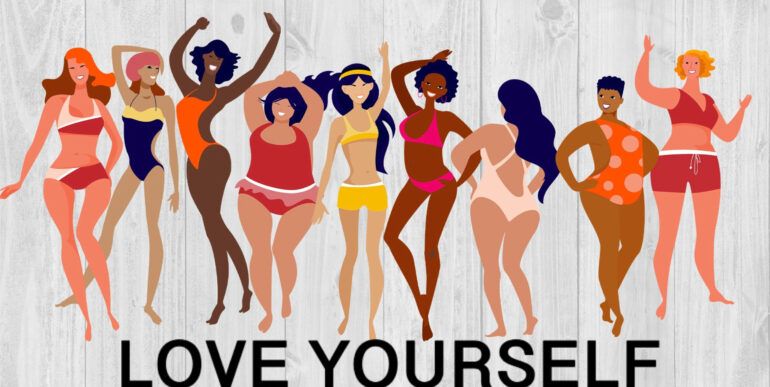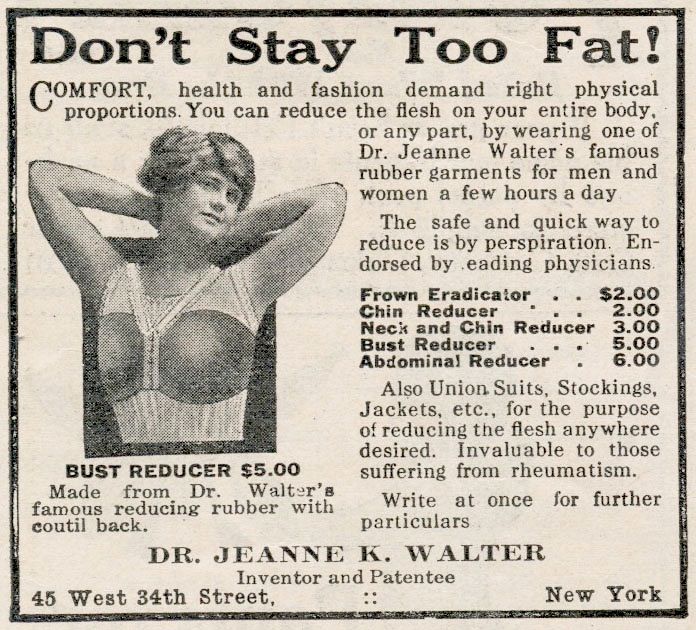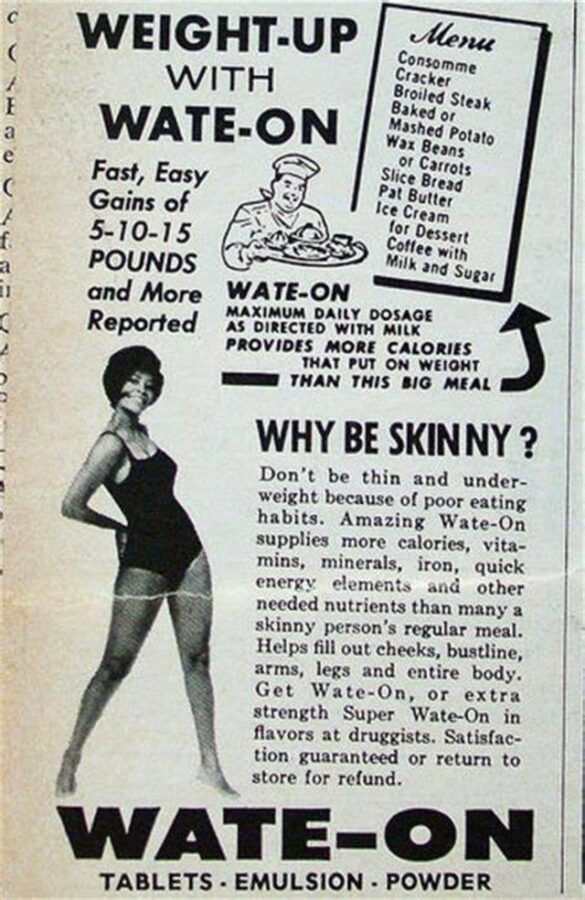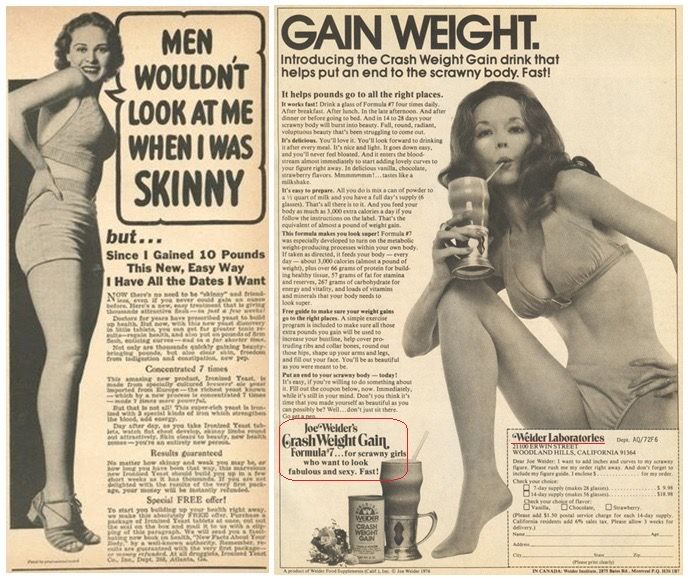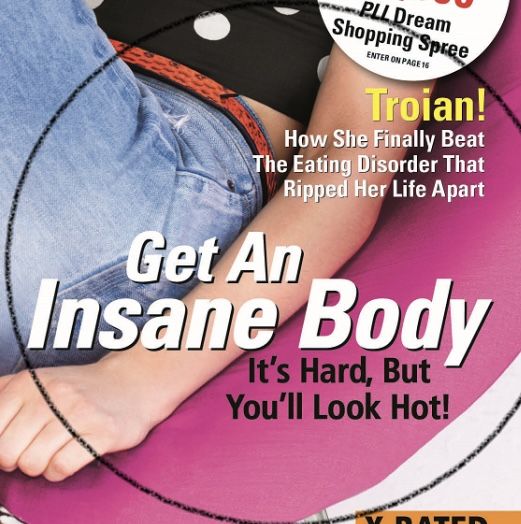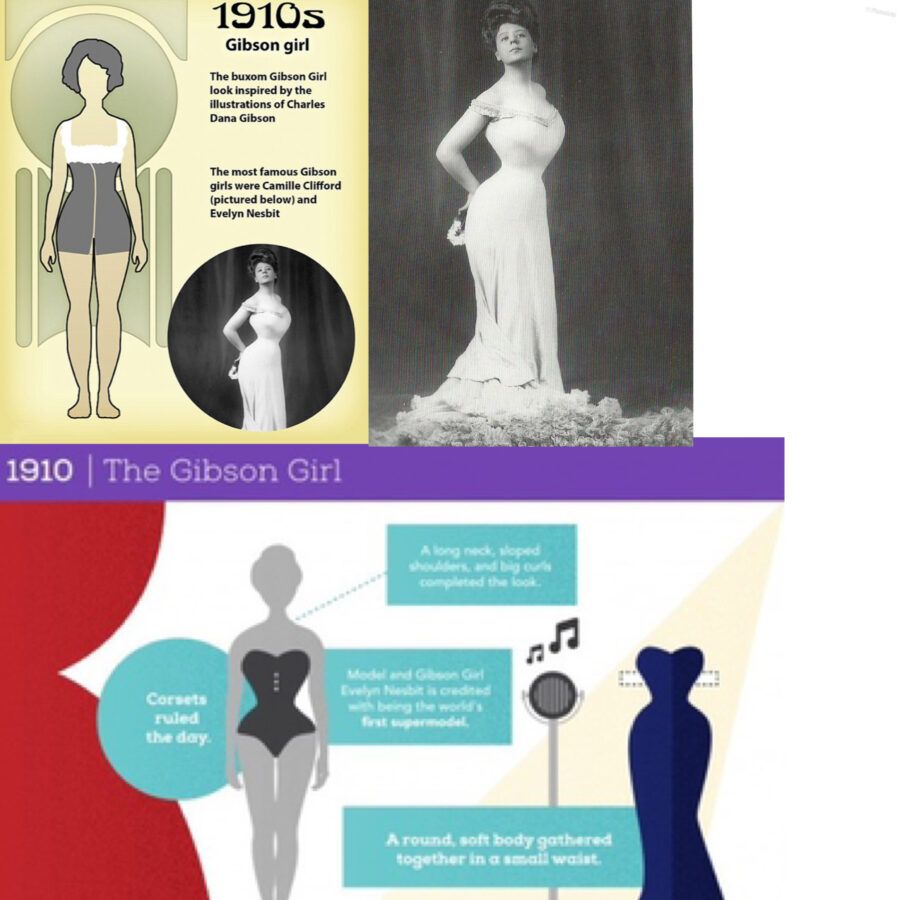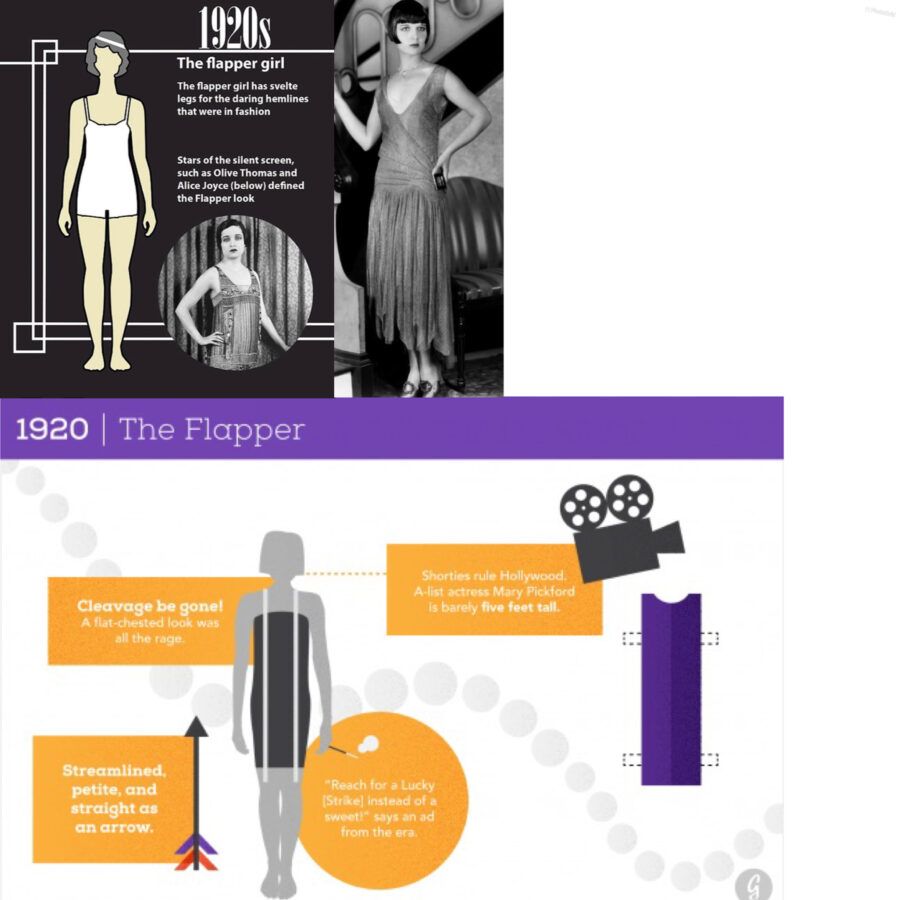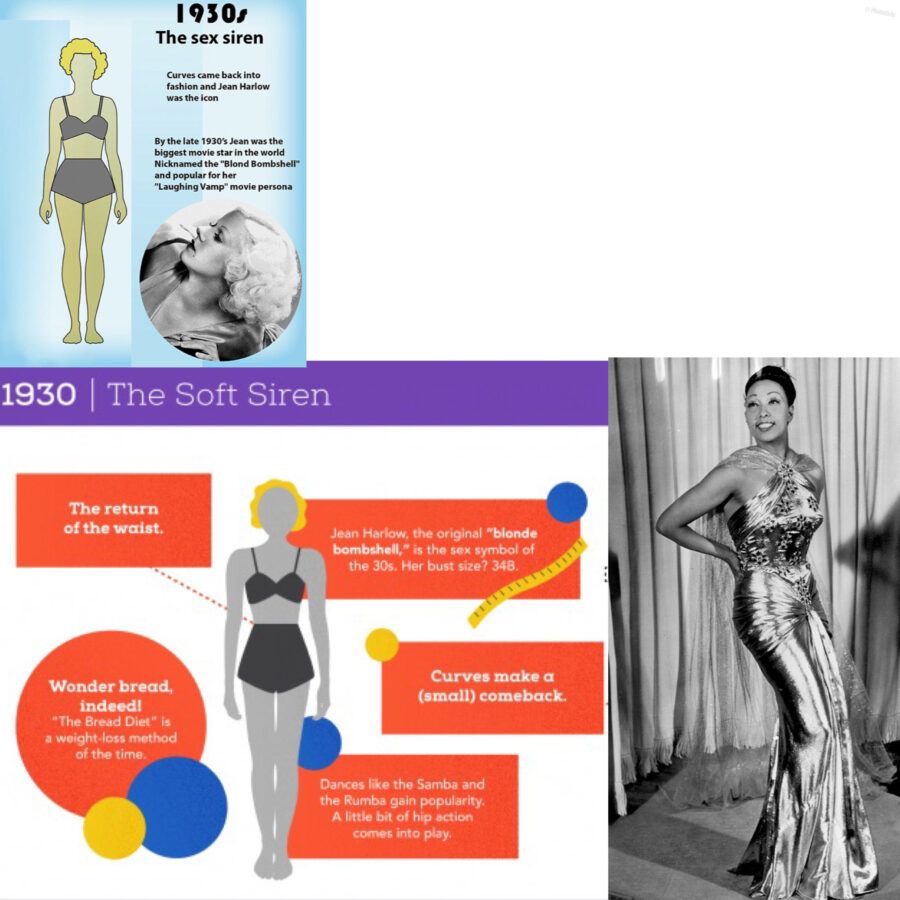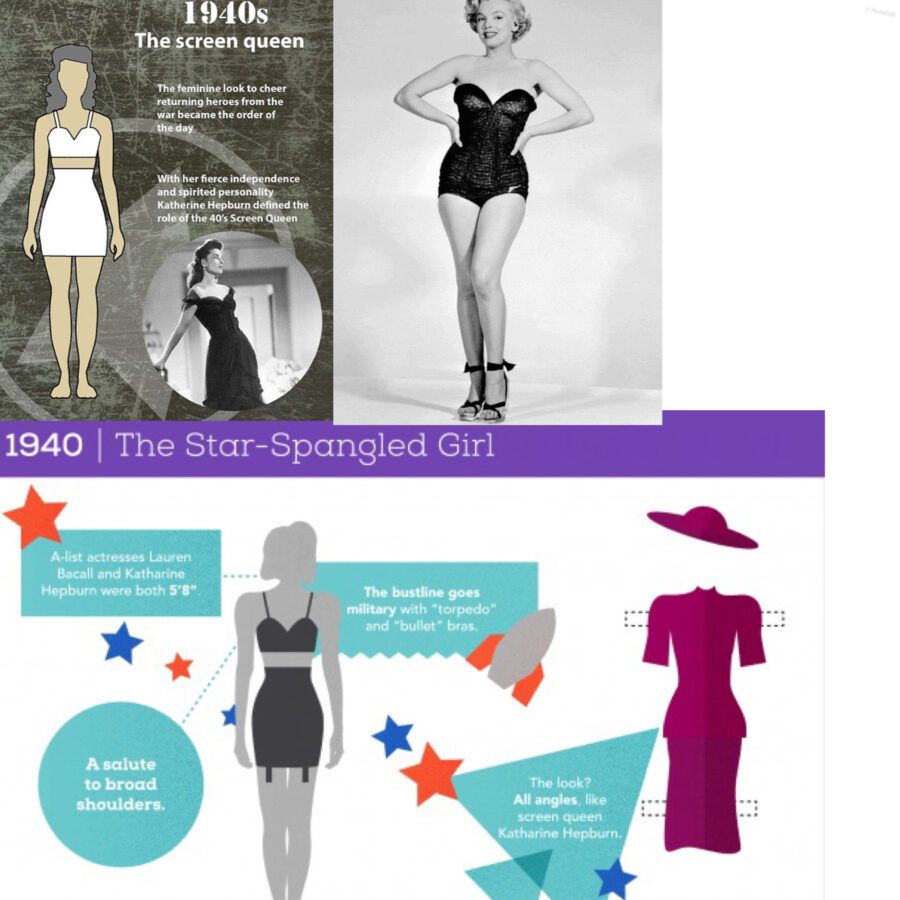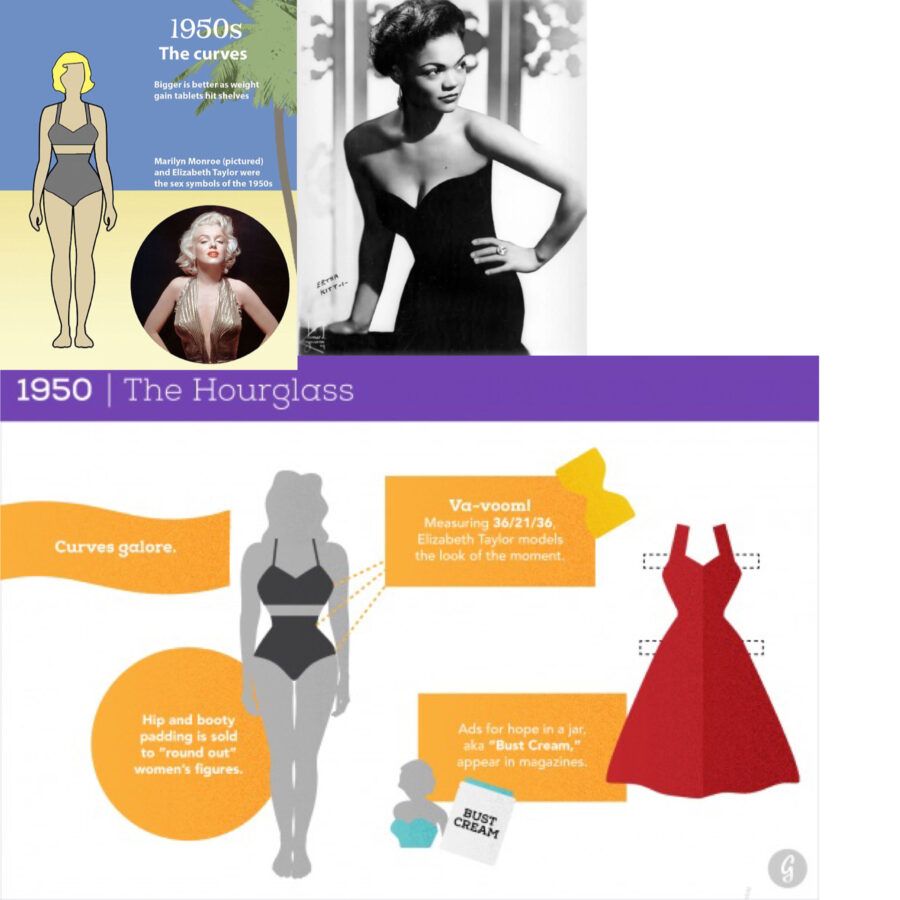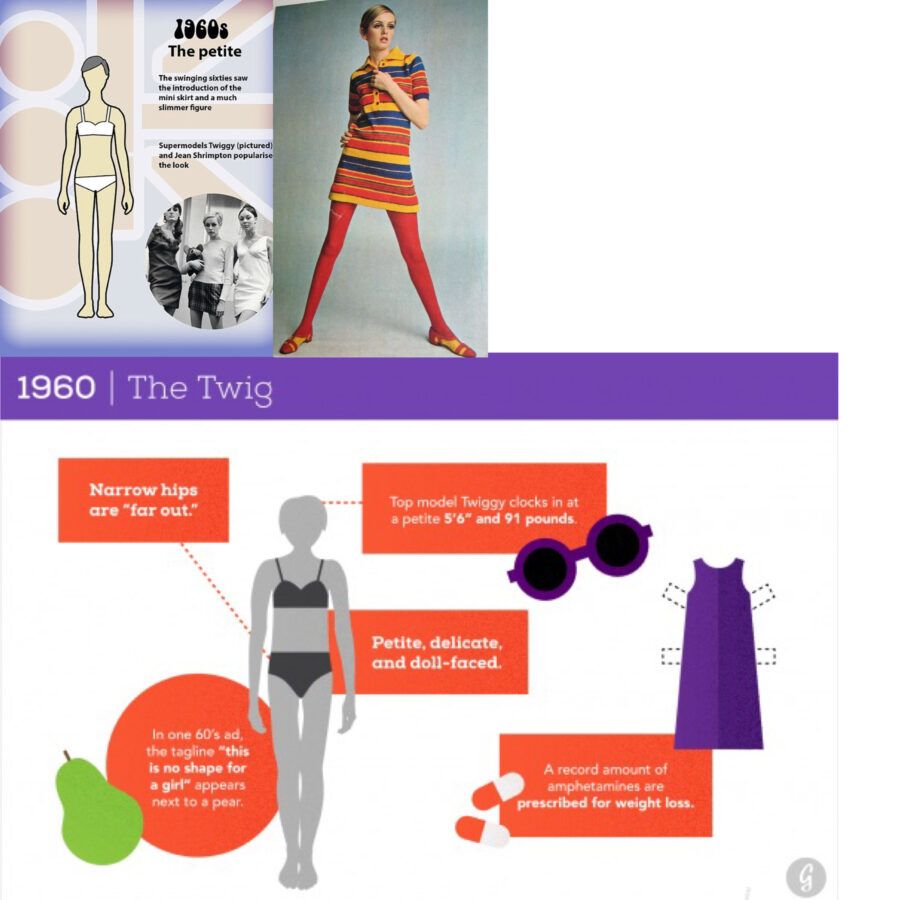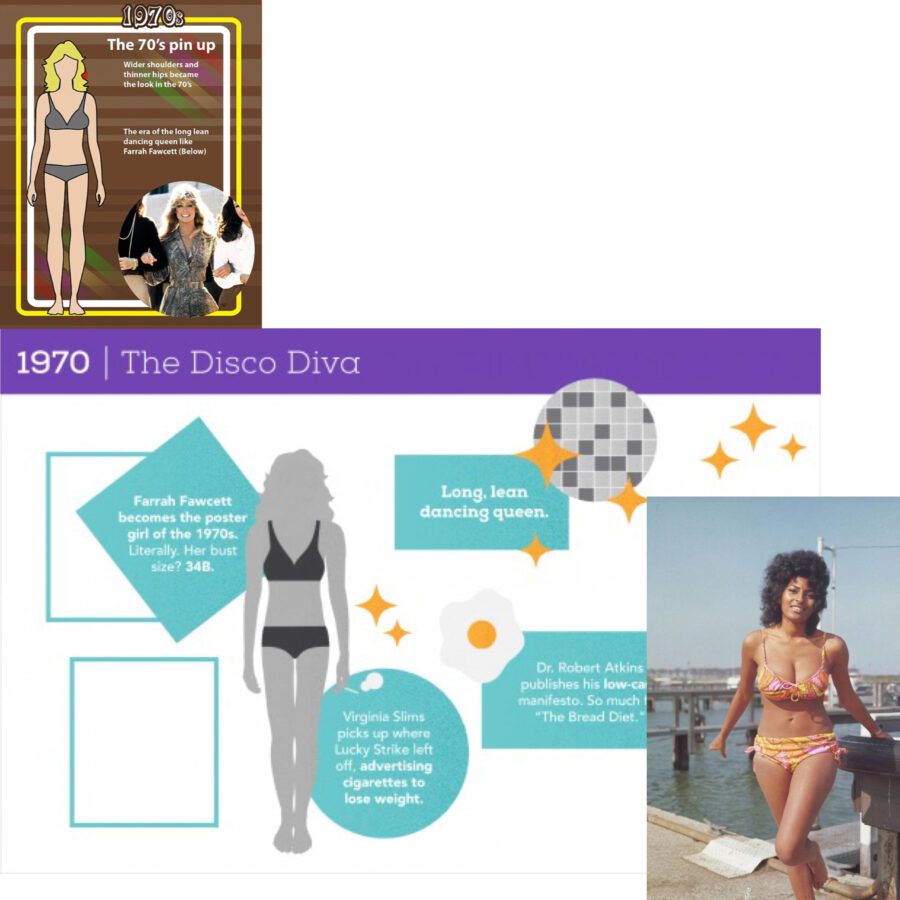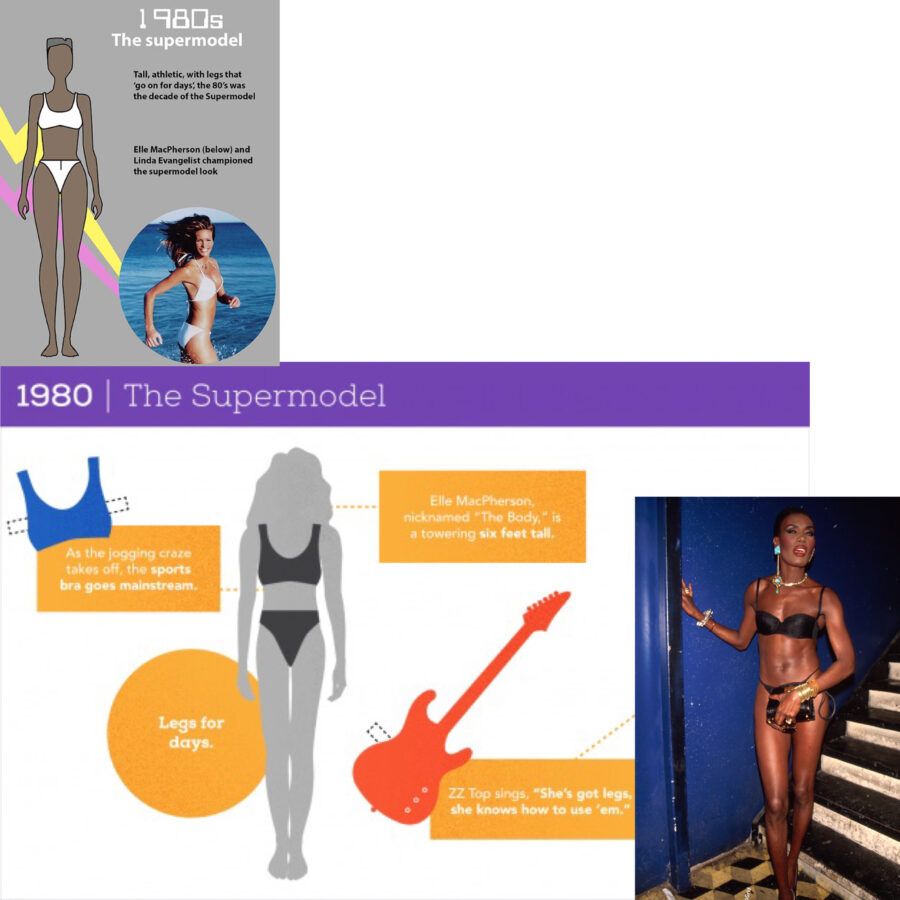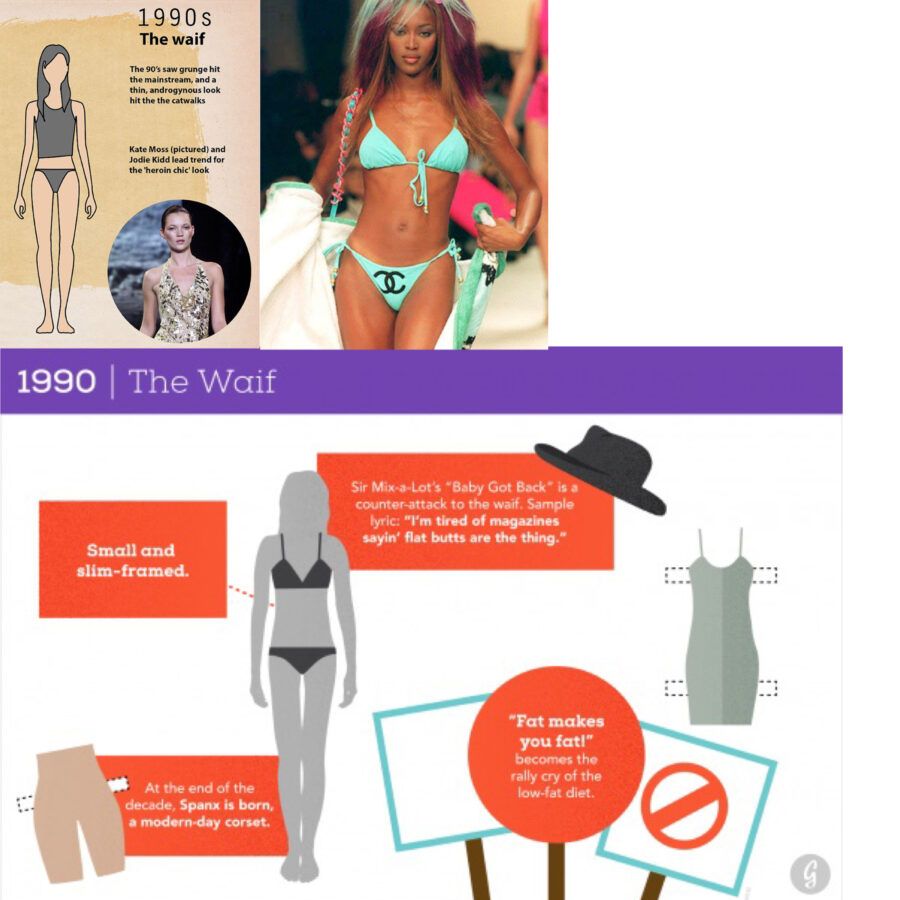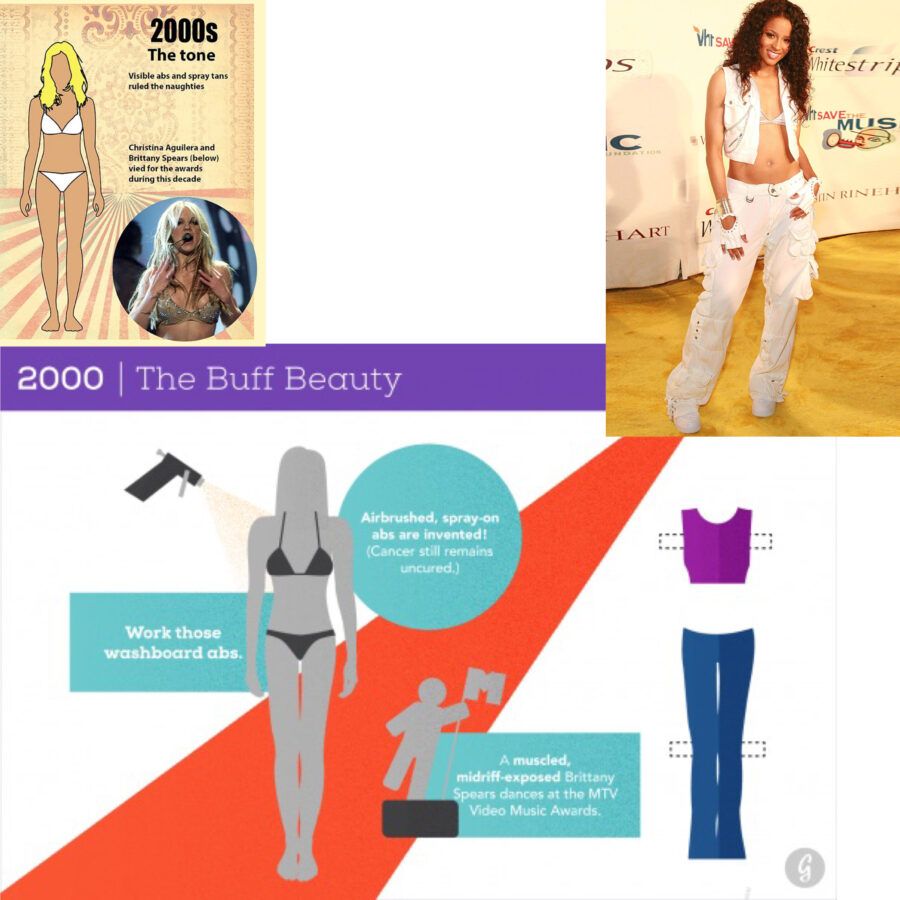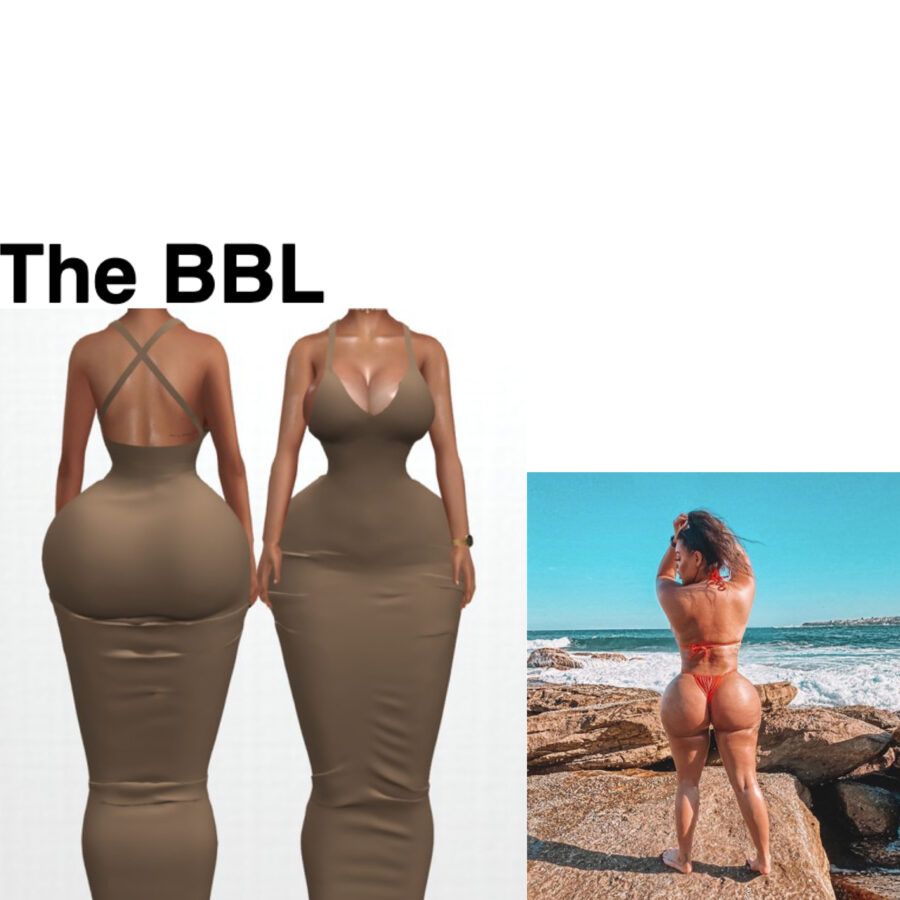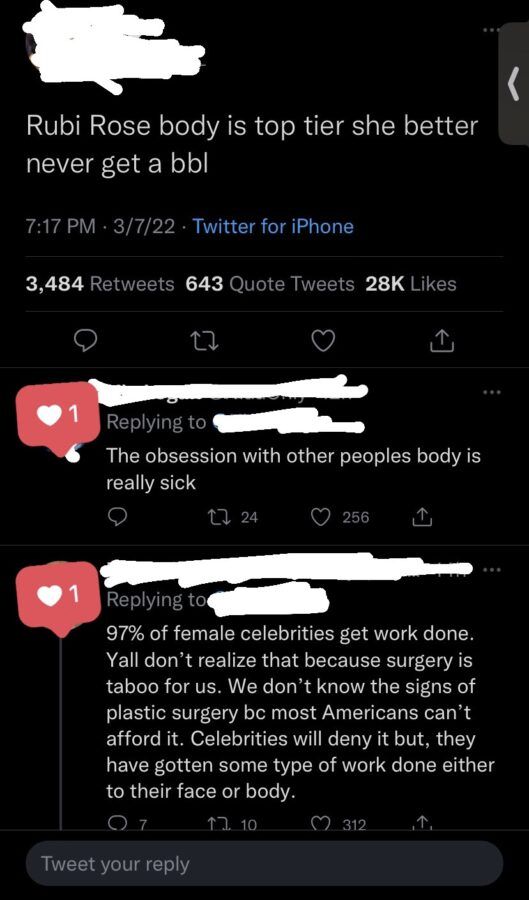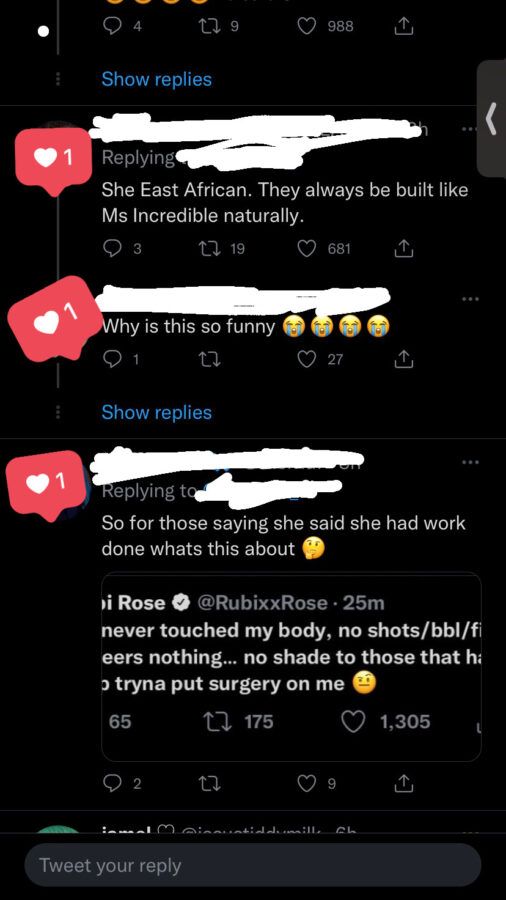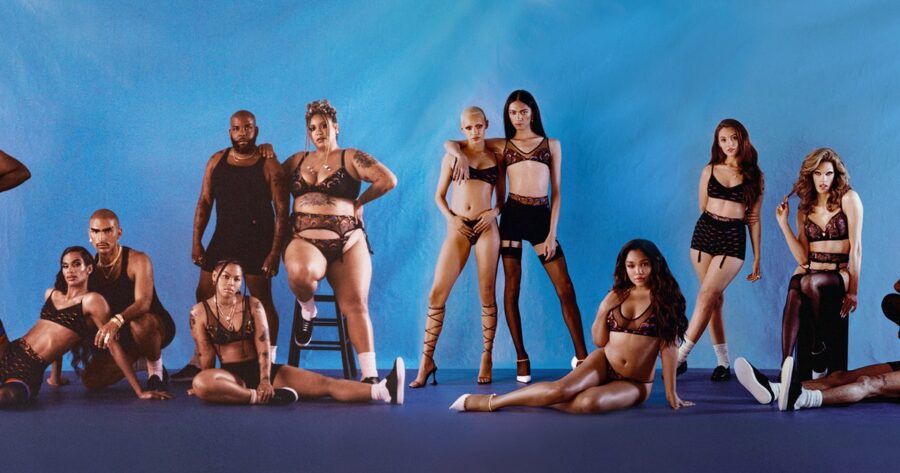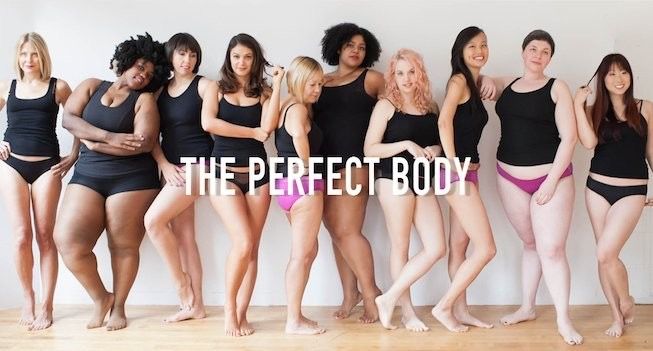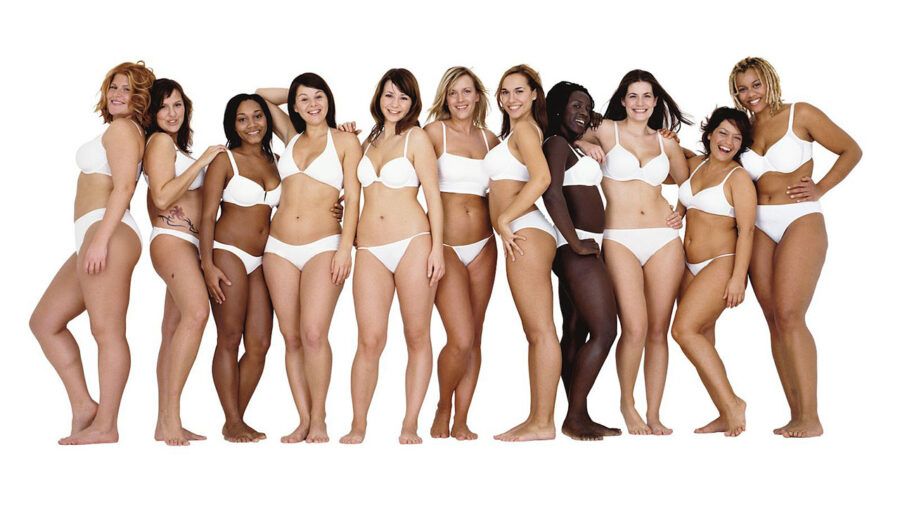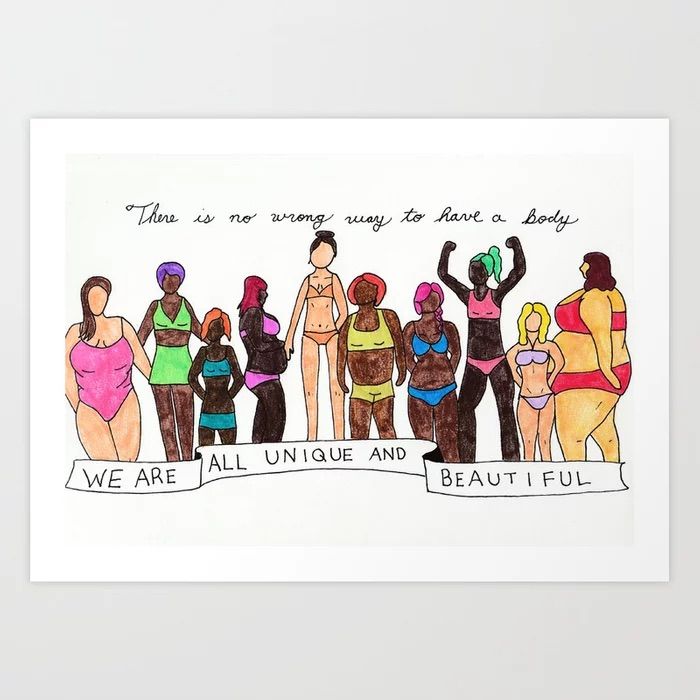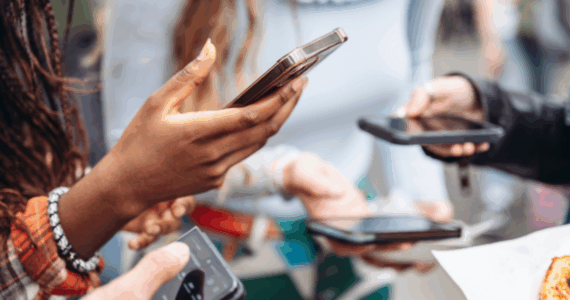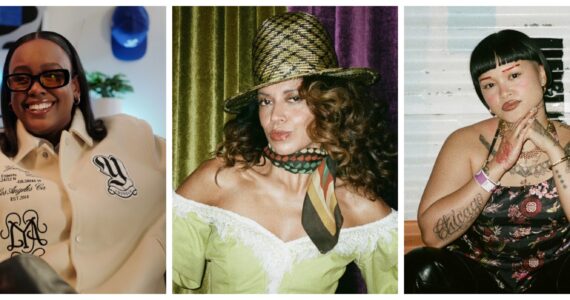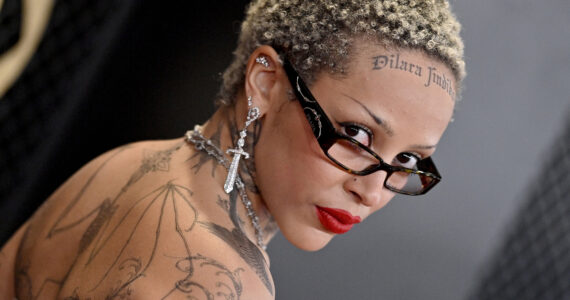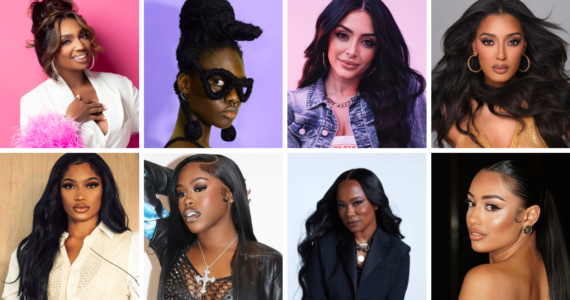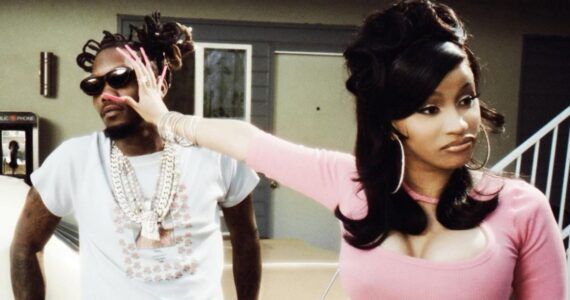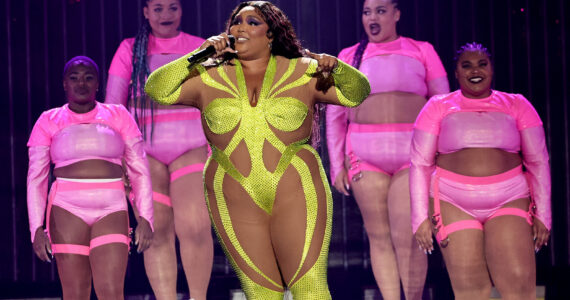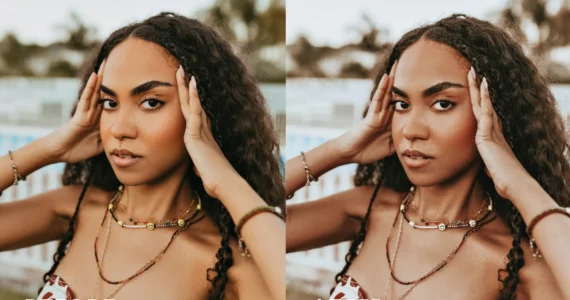Is there really such a thing as “the perfect body“? Or is it just the media trying to force a body image onto us? For as long as any of us can remember, there have always been high beauty standards set for women, especially Black women. As much as people push for you to ignore it, there is no way to really escape it. In just one day of media consumption, you will see a magazine article about how to lose 15 pounds in 15 days, a plethora of models being praised for their perfect figure on Instagram and Twitter, and characters making fun of heavier women on TV.
It seems never-ending and truthfully it affects a lot of us in ways that can be pretty damaging. Many people have taken notice of it and have aimed to push for more body positivity content. But when is society as a whole going to get the memo that not everyone has the same body type and that’s okay?
When Did all of this even Start?
Truthfully, it feels like the push for having the perfect body dates all the way back to the beginning of time. However, we weren’t around to be the judge of that. There are some earlier models that date back to the 1900s and show us some of the typical beauty standards. Just a disclaimer a lot of these images can be triggering for those who still struggle with their body image, in no way are we pushing the narratives that you need to look like this. You don’t. You are beautiful just the way you are.
1910s-1940ss
1950s-1980s
1990s-2020
Where the Media & Music played its Part
Unfortunately, many publications, TV shows, and the music industry will deny their part in diminishing women. In some instances, many were oblivious to it. But they knew what they were doing. Some motives may be based on ways to make money or feed into a sexist social norm. There are situations where these body ideals were pushed generationally. Whichever outlet it was portrayed on, it was never for our benefit.
Nowadays, there are tons of sources for body positivity. But as many positive outlets that are available, there are negative too. Unlike back in the day when we would be exposed to these standards through magazines and television, there is now social media. Since social media has no publisher, we can’t point the blame on Facebook, Instagram, Twitter, etc. Those are just the platforms used to create and publicize the narratives. However, if we’re being honest the only blame is on us. With constant images of BBLs (Brazilian Butt Lifts) being recycled on the timeline, the constant debate of what’s better, natural or fake, alongside the insulting comments; there is no room to form our own opinion. It’s either you’re this or that.
As someone who has dealt with their own personal body images, it can be really crippling on your mental health. We may not always realize it at first. But the more people force a narrative on you, the more you begin to believe it. We aren’t the only ones who deal with this though. Celebrities are constantly scrutinized and pressured about their own bodies as well. Just this past week, Nicki Minaj talked about how she was pressured into getting work done on her body by not only the people she worked with but the rap industry in general. However, she also states that she takes some of the blame for the movement as well.
The Facts
You may be under the impression that we are just trying to complain and spotlight those who have had work done. But that’s not the case. There are many resources and studies available on how the media has made us more self-conscious than ever about our image and bodies. If you think the issue at hand isn’t serious, here are some stats.
…”studies concluded that the influence of the advertising and the promotion of the thin and muscular …might more be connected with the perception that young people has regarding body… and social media [49]…the objectification suggests that the media’s sexual objectification of women modifies their body appearance…,”.
Aparicio-Martinez, Pilar et al. “Social Media, Thin-Ideal, Body Dissatisfaction and Disordered Eating Attitudes: An Exploratory Analysis.” International journal of environmental research and public health vol. 16,21 4177. 29 Oct. 2019, doi:10.3390/ijerph16214177
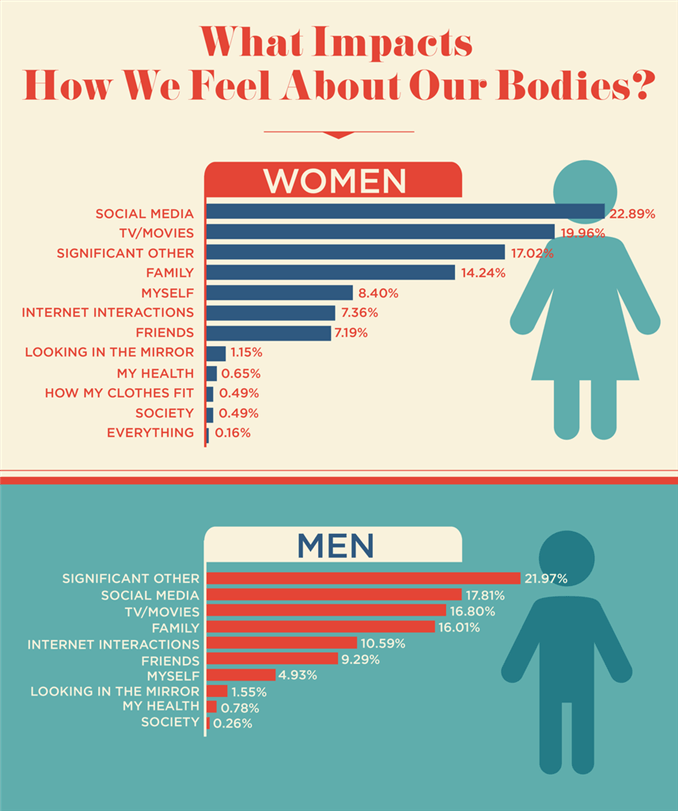
Social media are highly visual, appearance focused platforms that extend opportunities to engage in these body dissatisfaction-inducing behaviors (Rodgers and Melioli, 2016). Popular social media platforms used by adolescents such as Instagram and Snapchat (Pew Research Center, 2018), contain a profusion of idealized body related content…
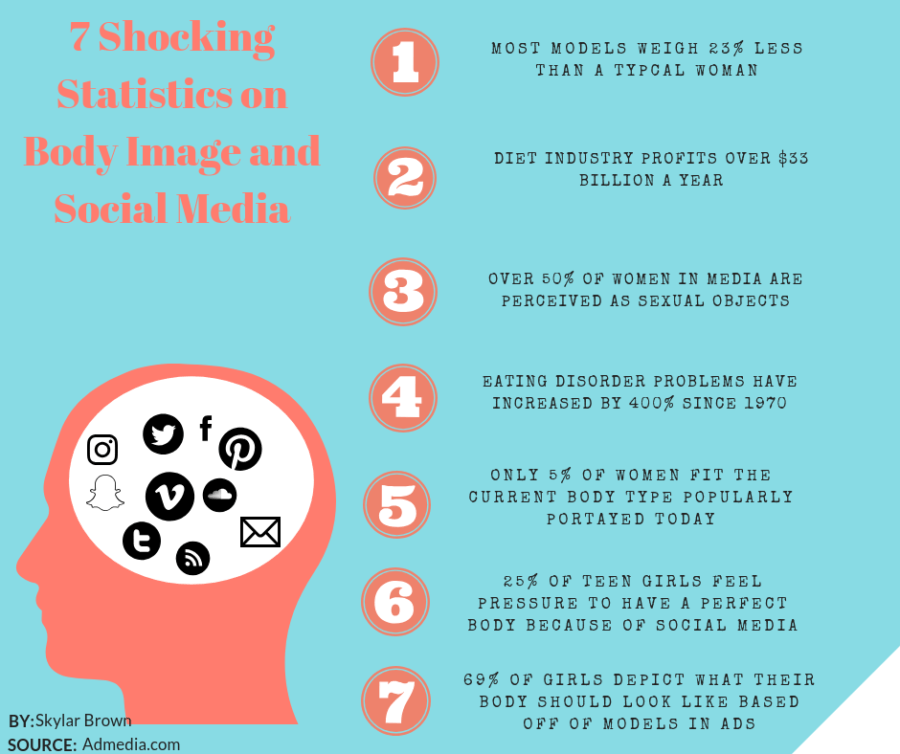
The Progression
Although the journey is far from over, in more recent years we have made a lot of progress. There are brand-owners like Rihanna and Dove who try to cater their ads and brand to represent ALL women. There are hashtags and movements that create safe spaces for women of different shapes and sizes. And even social media is creating room for more positive conversations.
…”social media can help some users navigate the heavily stigmatized topic of body image with different support groups available across different platforms.”
“Link between Social Media & Body Image.” King University Online, https://online.king.edu/news/social-media-and-body-image/.
The more the conversation remains positive and people continue to uplift one another, the more change we may see. At the end of the day, it starts with us and the ways we uplift one another. It doesn’t matter if you are a size 2 or size 18, if you are comfortable in your skin don’t let the media’s influence jade you.
If you want to read more, follow MEFeater on Twitter, Instagram, Facebook, and Pinterest!


